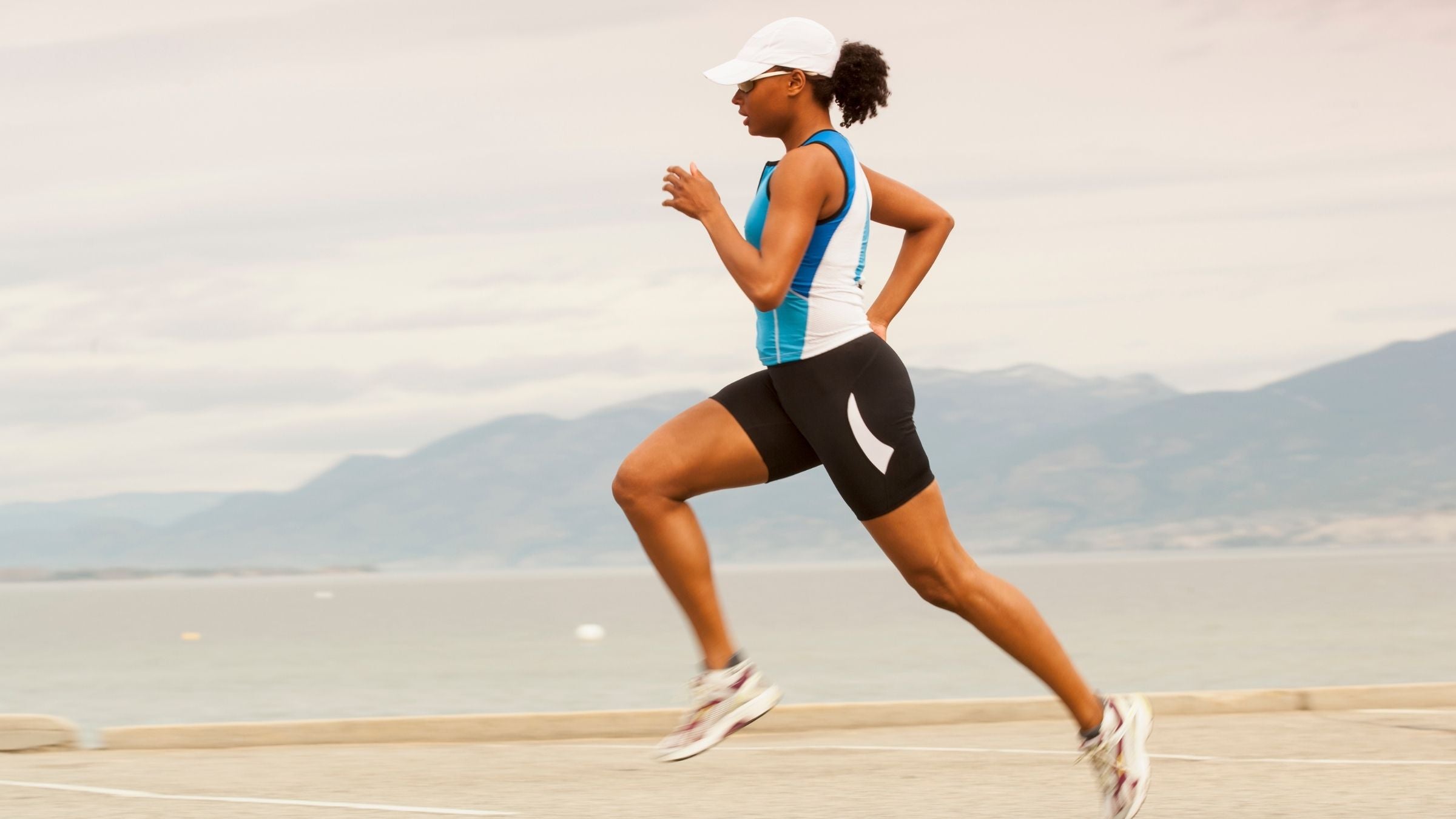Ask a Trainer: What are Adaptations in a Triathlon Training Plan?

(Photo: Getty Images)
I see the word “adaptations” in triathlon training articles and training plans all the time. But what does that mean, exactly?
As athletes, when we perform a workout, whether it is swimming, biking, running, or lifting, we are applying a training load onto our bodies. Most of the workouts we perform result in us stressing a certain part of our physiology beyond its current abilities. Our bodies, in response to these training stresses and proper recovery, will make the necessary physiological modifications that allow us to adapt to a new level of fitness. It is important to note that without the appropriate amount of recovery our bodies will not be able to make the necessary physiological adaptations. When this occurs, we are starting down the path of overtraining.
What does adaptation look like?
Depending on the training stimulus applied to the body, these adaptations will manifest as an ability to accomplish a similar training load with less effort.
Let’s look at the following example:
Say you are training to compete in a new, longer-distance triathlon. In order to make sure you are successful, you need to make sure you have the aerobic endurance to stave off fatigue for longer than you can currently. To accomplish this, you go out and swim, bike and run a little further than you have in the past. This increase in distance/duration (training load) causes you some fatigue (training stress). Given a few days of recovery, this stress will result in physiological adaptations to your aerobic endurance. Once these physiological adaptations are in place, you will then be able to go out and complete the same distance/duration you previously completed but with less fatigue, it will feel easier, and you will be able to go a little further for the same effort.
How can I tell if adaptations are are happening?
At the most basic level, you can use Rate of Perceived Exertion (RPE), a scale from 1-10 where 1 is very easy and 10 is very hard, to monitor these adaptations. If you can complete the same distance/duration at a lower RPE then you have adapted a little.
The next level of monitory adaptations is to use training tools like GPS watches, power meters and heart rate monitors. By analyzing the data from these devices, you can quantify whether or not you were actually able to complete the same distance/duration with a lower energy demand. This is accomplished by taking the speed or power (output) data for a distance/duration and comparing it to the heart rate (input) data. As your body adapts you will notice you are able to generate the same speed or power over a set distance/duration at a lower heart rate. Vice versa, you can generate more speed or power over a set distance/duration at the same heart rate.
I’ve adapted! Now what?
Our bodies are incredible, and for the most part, they will continue to adapt to new training stimuli, as long as those training stimuli stress the body beyond its current abilities. As athletes, we want to consistently be stressing our bodies a little more each training cycle in order to continue providing just enough stress so that we can adapt to a new and higher level of fitness.
There will come a time however, when the body stops responding, in a significant way, to a certain stimulus, like going further or longer. At that point, we need to adjust our training load in a new way to continue making the adaptations (improvements) we are seeking. This is where the science and art of training merge, and each athlete becomes their own unique experiment of one. Now go out, push your body just a little, and monitor how you feel. Track your data for minor improvements, and watch as your body miraculously undergoes adaptations.